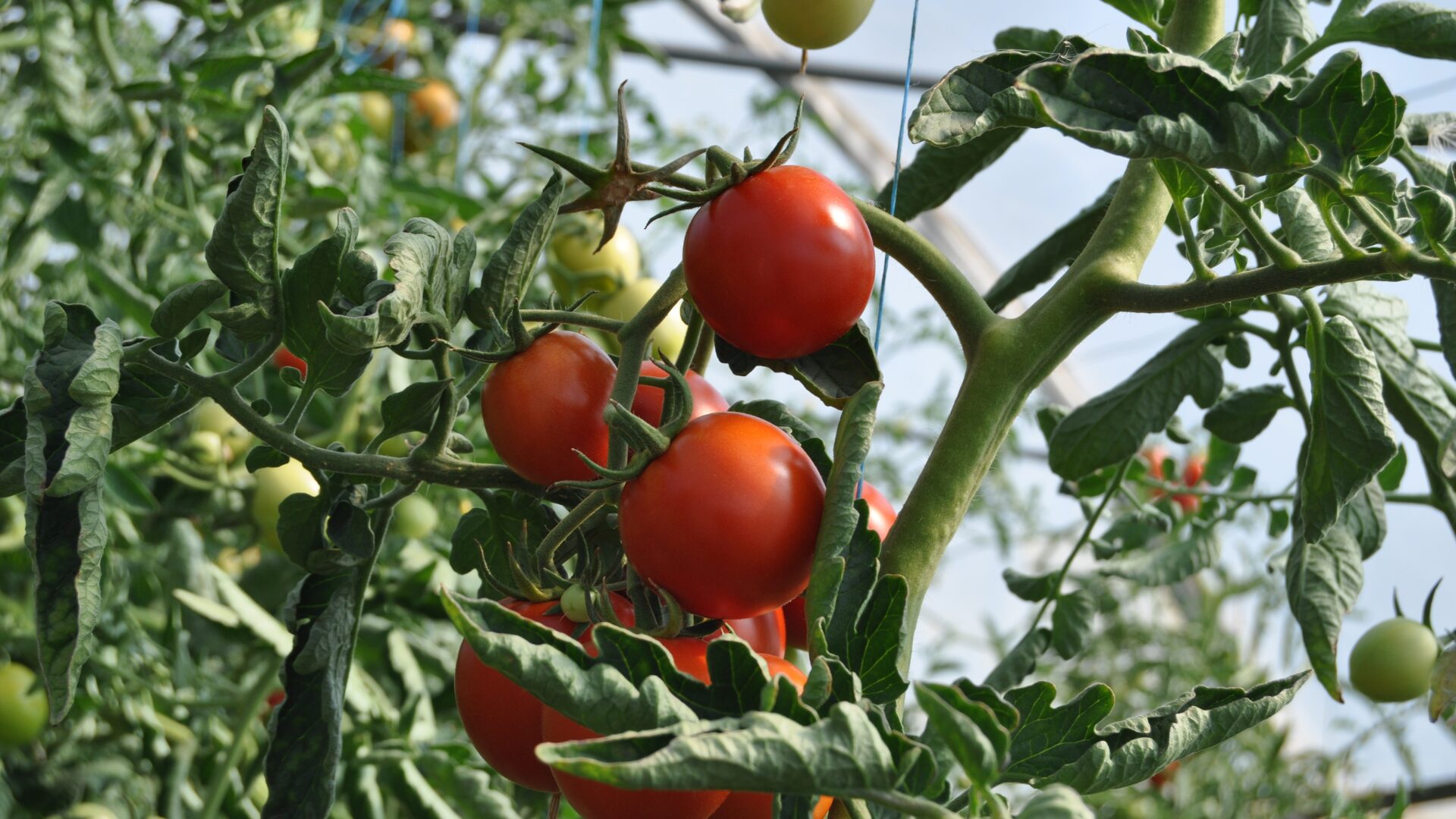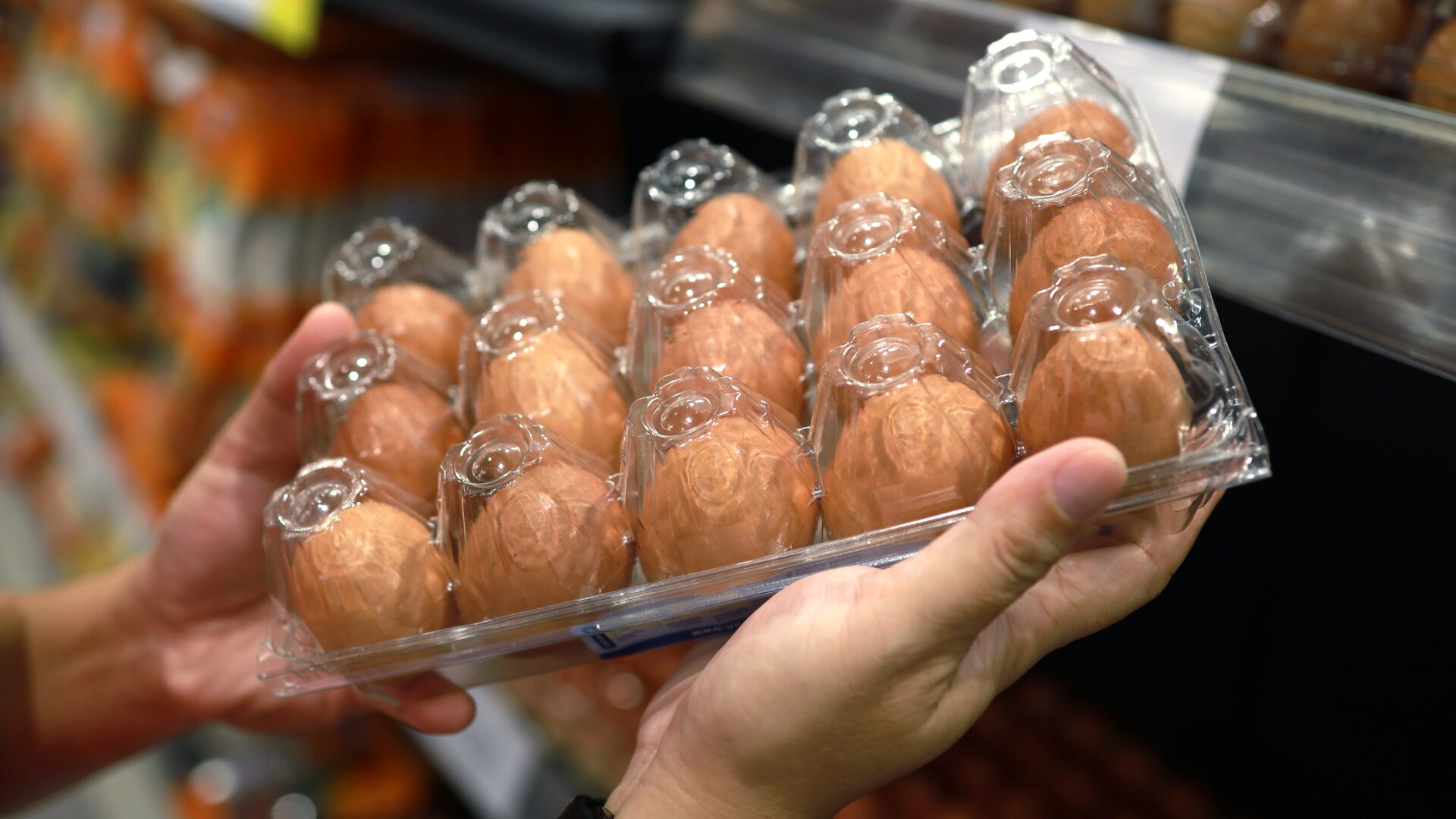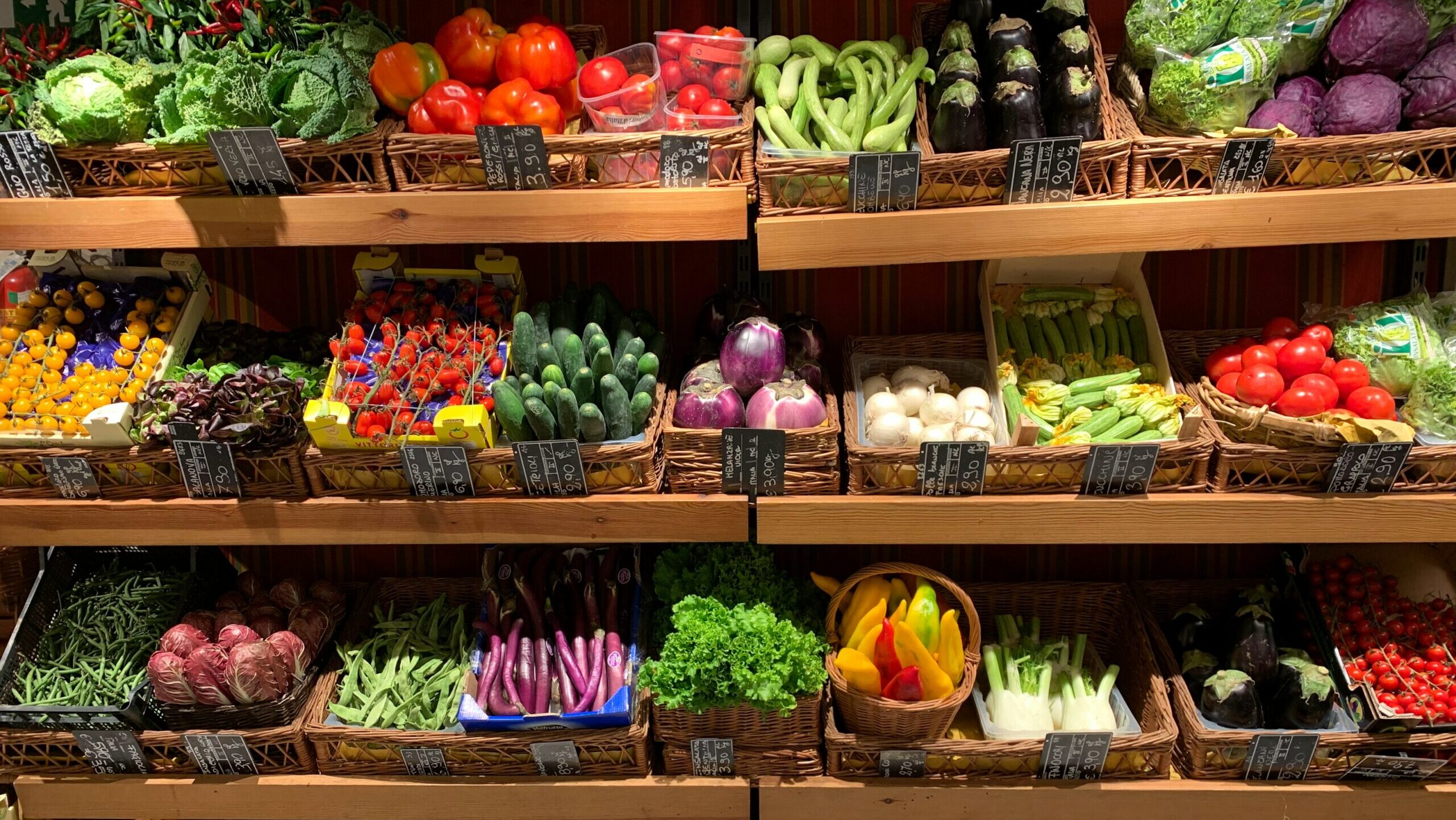The U.S. egg industry is in “unprecedented times” as the threat of avian influenza continues to impact prices and availability.
That’s according to Eggs Unlimited Global Trade Strategist Brian Moscogiuri, who told The Food Institute that the U.S. egg-laying sector had lost more production in 2022 than 2015, when avian influenza ravaged markets across the country.
What’s different in 2022 is that the virus remained a threat through the fall and winter, whereas the virus only impacted flocks for one season in 2015.
“Given what we have seen in Asia and Europe over the last few years, most believe [avian flu] will be a factor well into 2023,” Moscogiuri said.
“The industry remains on high alert and has done what they can to reduce risk, but there is really no silver bullet to stop the virus at this time given its prevalence in migratory and wild birds.”
Impact of Avian Flu in 2022
Moscogiuri noted that the egg industry had lost over 42 million egg-laying chickens since February 2022, and although many of the earliest-hit flocks had begun repopulation efforts, 13 million layers had been lost since September.
Karyn Rispoli, an analyst with Urner Barry and editor of Egg Price Current, expanded on this topic by taking a look at the overall egg-laying flock over the last year.
“USDA data shows that at the onset last February, the national table-layer flock stood at 322 million. By May, that number shrank to 299 million, marking the first time that production levels have dipped below 300 million since 2015, during the last bird flu outbreak,” she noted. “By November, repopulation efforts had pushed the layer count back up to 309 million – well shy of normal, of course, but certainly a step in the right direction.”
But then, Rispoli added, there was another crop of outbreaks, which dropped that figure back to about 304 million. The average December flock number over the past six years was 326 million.
“The industry remains on high alert and has done what they can to reduce risk, but there is really no silver bullet to stop the virus at this time given its prevalence in migratory and wild birds.” – Brian Moscogiuri, Eggs Unlimited Global Trade Strategist
Elevated Prices Spill Over into New Year
Egg prices saw nine weeks of consecutive growth in the period leading up to December 25, reaching a record high of $5.46 per dozen for large eggs in the Midwest, the industry’s benchmark egg quotation, Rispoli said.
“As we start the New Year, the market is undergoing a correction – again quite common for January, as retail demand subsides,” she noted. “But, given the heights from which we are adjusting, the declines have been rather precipitous. Over the past two weeks, prices have plummeted $1.13/dozen, or 20.7% (as of January 10). And based on negotiated trade values in the spot market, there’s still quite a bit of adjusting that needs to take place.”
Kevin Bergquist, Wells Fargo Sector Manager, Food and Agribusiness Industry Advisors, said consumers might not necessarily see or feel the decreases.
“Egg prices week-to-week may decrease somewhat until the Easter season, but will still look relatively high to consumers,” he told The Food Institute.
“Although eggs are decidedly more costly at this time, eggs typically remain an affordable protein for the consumer. It’s definitely a sticker-shock to see $5.00 per dozen egg prices, but this has been a relatively short-term phenomena thus far,” he added.
Impacts to Continue into 2023
How will the egg market fare in 2023? While no one has a crystal ball, the three analysts did provide a bit of insight into how the coming year could play out:
- Rispoli: “It’s hard to imagine that we’ll see an extended period of stability or normality until the bird flu has been stamped out. In the past, these viruses have died off with the arrival of warmer temperatures, but this particular strain appears to be interminable. It’s been spreading in Europe for roughly two years now, and February marks one year since the first detection here in the US.”
- Bergquist: “USDA is researching a vaccination for [highly pathogenic avian influenza], but this is not yet approved, and will have no impact on the immediate HPAI outbreak. Moreover, like flu in humans, there are many different strains of HPAI viruses, and thus a vaccine for one strain may be less effective on another strain.”
- Moscogiuri: “Producers are dealing with other inflationary factors. Labor markets, interest rates, feed prices, oil, packaging, and supply-chain issues are just some of the issues producers are facing. We would likely be seeing higher costs regardless of avian influenza, but these factors coupled with the bird losses have created a truly historic market. Ultimately, we believe things will normalize, but it is hard to predict when we will see retailers running ninety-nine cent ads again given the uncertainty around avian influenza in 2023.”
The Food Institute Podcast
Click the play button above to listen to the episode.
How will artificial intelligence, augmented reality, and virtual reality affect the food industry? Ahead of the 2023 iteration of Consumer Electronics Show (CES), former Consumer Technology Association (CTA) Chief Strategy Officer Karen Chupka highlights emerging technologies that could eventually reshape the food industry. Additionally, she shares how connections made at CES can spill over into real-world collaboration.












